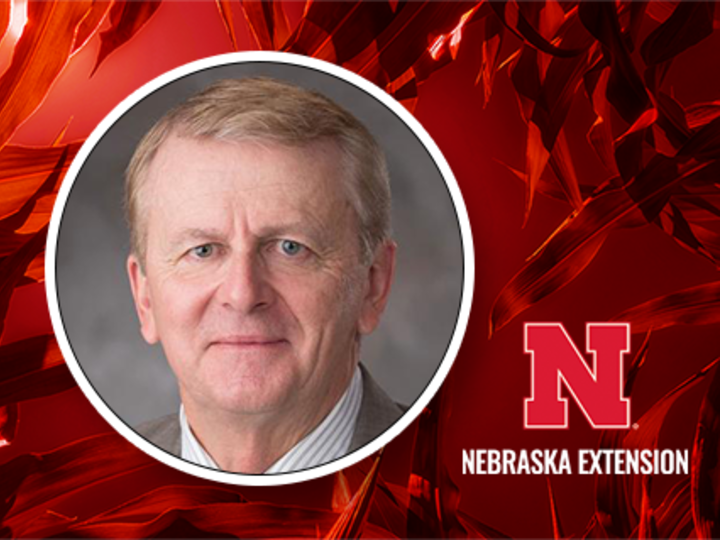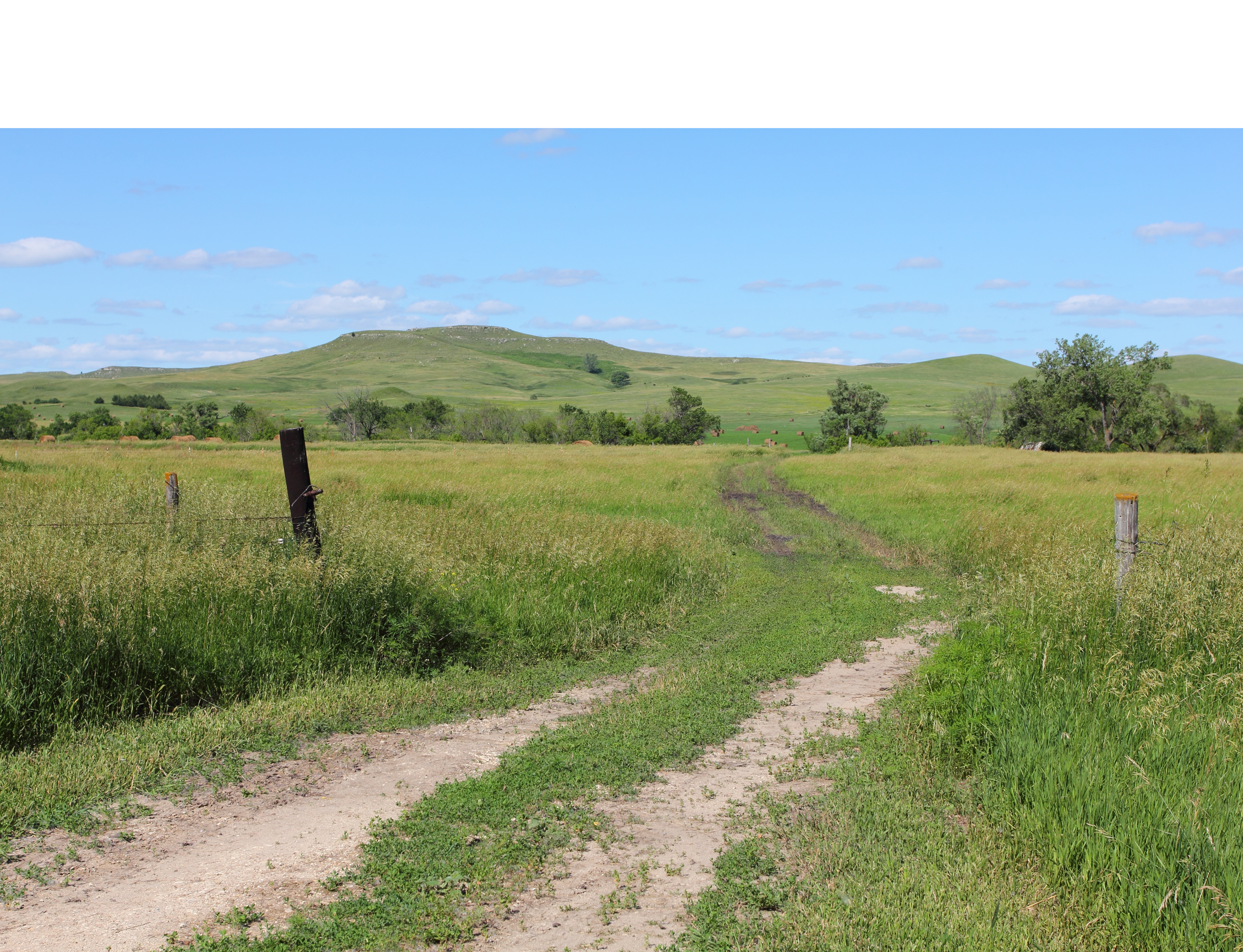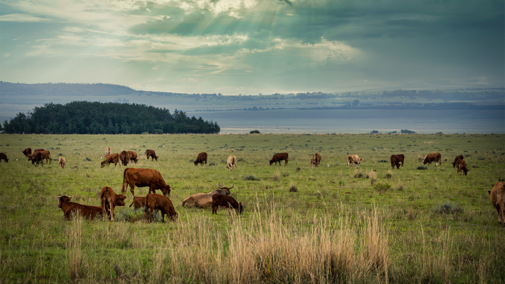
Range, pasture and forage information is housed on the Nebraska Extension website UNL Beef, which features content on forage crop and pasture, integrated crop-livestock systems, rangeland ecology and management, grazing and bioenergy.
Pasture and Forage Minute is a Nebraska Extension radio spot that features timely information for Nebraska's farmers and ranchers. To catch up on previous episodes, listen to the audio clips or read Pasture and Forage Minute on CropWatch.
For information on other topics, please see the full library of Nebraska Extension Publications.
Contact:
Daren Redfearn
Extension Forage Crop Residue Specialist
Focus: Forage Management, Cover Crops
dredfearn2@unl.edu
Faculty Bio
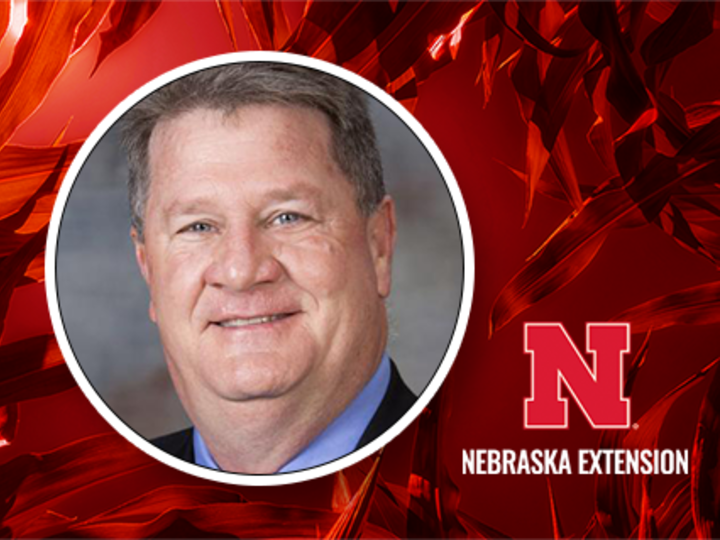
Contact:
Mitch Stephenson
Extension Range and Forage Management Specialist
Focus: Range and Forage Management
mstephenson@unl.edu
Faculty Bio
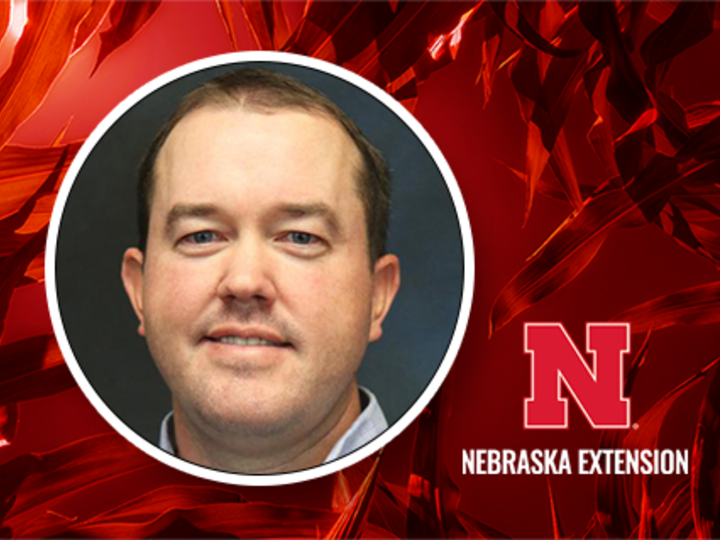
Contact:
Jerry Volesky
Extension Range Specialist
Focus: Range and Grazing Management, Irrigated Pasture, Annual Forages
jvolesky1@unl.edu
Faculty Bio
